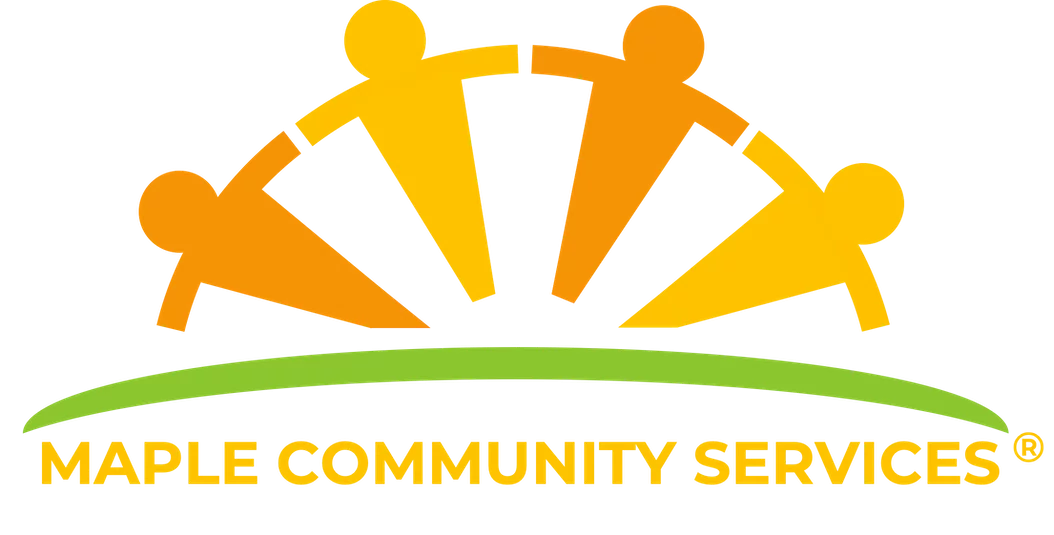Tips for Managing Post Traumatic Stress Disorder (PTSD)
Did you know that over 1 million Australians at any one time have PTSD?
PTSD, or post-traumatic stress disorder, is a set of reactions that can occur after someone has been through a traumatic event. Trauma can have a devastating effect on people’s lives and the symptoms of PTSD often go unnoticed or undiagnosed.
Post-traumatic stress disorder can be treated with many types of cognitive behavioural therapy to help you to face your trauma and identify techniques to help you manage the symptoms. Strategies such as taking positive action, a healthy lifestyle and regular exercise can help you to gain back control of your life.
If you have PTSD disorder or any kind of mental illness the first thing to do is to consult a medical doctor. They can work with you to determine the best medication, therapies and advice that works for you and prevent your illness from progressing further. Don’t try to navigate this alone; there are multiple support systems, including those provided by NDIS transport providers, and medical professionals who can help you through your illness so that you can continue to live a good quality of life.
What is Post-Traumatic Stress Disorder?
Post-traumatic stress disorder is a mental health condition that is triggered by a traumatic event. This could include whether someone experienced it, witnessed it and even those who picked up the pieces after the event, such as emergency workers or law enforcement officers. It may also occur in family members or friends of those who actually went through the trauma.
The chance of developing PTSD depends on the type of event experienced, but about 5-10% of Australians will suffer from PTSD at some point in their lives. PTSD is the most common mental health disorder following depression.
A traumatic event that could trigger the onset of PTSD could include:
- War and military experiences
- Sexual or physical assault
- The sudden death or a serious injury of a loved one
- Serious accidents such as a car crash
- Natural disasters such as fire, typhoons, floods or earthquakes
- Terrorist attacks
The psychological impacts of trauma can be deep and complex and can affect us both physically and emotionally. Symptoms of PTSD may include flashbacks, nightmares and severe anxiety. It may affect the way we see ourselves, others and the world around us.
What are the Symptoms of PTSD?
Most people who experience or witness a traumatic event are likely to have temporary difficulty adjusting back into a regular lifestyle, but with time and self-care, some people learn to recover and adjust. However, if your symptoms persist or escalate, continue for months or years and affect your day-to-day life this is a sign that you may have PTSD.
It’s important to know what the symptoms are so you can recognise it in yourself or a loved one and get the treatment needed. There are four main symptoms of PTSD:
Re-living and intrusive memories – you or your loved one may be troubled by distressing and unwanted memories of the event, you may experience vivid nightmares or flashbacks.
Avoiding reminders of the traumatic event – you may find yourself wanting to avoid certain places, people, thoughts and activities that bring back memories of the event.
Experiencing negative thoughts and feelings – feelings of guilt, fear, anger or numbness among others are common with PTSD. You may experience negative thoughts about yourself, others and the world around you.
Hypervigilance and mood swings – You may experience trouble sleeping or concentrating, feelings of anger or irritability can occur, you may find yourself easily startled, taking more risks or on the lookout for danger.
In most cases symptoms of PTSD develop during the first month after experiencing or witnessing a traumatic event. However in some cases, you may find a delay of months or even years before symptoms start to emerge. Some people with PTSD may experience long periods when their symptoms are less noticeable, followed by periods where they are exacerbated. Others may experience constant severe symptoms.
How Do You Deal With Post Traumatic Stress Disorder?
PTSD can leave you feeling stuck with a constant sense of danger and painful memories. It is by no means a sign of weakness. If yourself or someone you love experiences a traumatic event it’s important to remember that you will need help and support moving forward. With a set of effective coping skills you can feel safe again and move on from the trauma.
Whatever the cause for your PTSD, by seeking treatment, reaching out for support and developing new coping skills you can learn to manage your symptoms, reduce painful memories, move on and learn to live a fulfilled life again.
By celebrating PTSD Awareness Day on June 27th and for the whole month of June we can spread awareness about the symptoms and effects of the condition so it can be recognised more easily, as well as normalise seeking help.
Recovery from PTSD is a gradual, ongoing process. The memories of the trauma are unlikely to ever disappear completely which can present challenges in your everyday life. Overcoming your sense of helplessness is a powerful tool to overcoming PTSD. Trauma can leave you feeling powerless and vulnerable. It’s important to remind yourself that you have strengths and coping skills that can pull you through the tough periods.
Challenge your sense of helplessness
A great way of reclaiming your sense of power is by helping others. You can do this by volunteering your time or money with charities, giving blood, reaching out to friends or family in need, or being a mentor to someone who looks up to you. By taking positive action you are directly challenging the sense of powerlessness and helplessness that is common with PTSD.
Exercise
Moving and challenging yourself with exercise is not only great for releasing endorphins which in turn improves your mood and outlook on life, it can encourage your nervous system to release from the immobilisation stress response.
Rhythmic exercise such as walking, running, swimming or dancing can help you become present. Focus on how your body feels, the rhythm of your breathing or the sensation of your feet hitting the ground.
Martial arts, rock climbing, or weight training are good exercises that help you focus on your body movements and move away from your thoughts. If you don’t concentrate on your movements you might get hurt.
Spending time in nature such as hiking, camping, mountain biking, kayaking or skiing can have many healing effects. People with PTSD can benefit from the relaxation, seclusion and peace that comes with being in the great outdoors to help them transition back into everyday living.
Reach out for support
PTSD can cause you to feel disconnected from the people around you and your loved ones. It may tempt you to withdraw from social activities but it’s more important, when you’re in the dark depths of reliving the trauma, to stay connected to the people who care about you. The companionship and support of others is vital to your recovery.
Spend time with people you can connect with without judgement, criticism, or distraction. Whether this person is your significant other, a good friend or a professional therapist, don’t be afraid to reach out during a time of need.
Joining PTSD support groups can connect you to people with similar stories to yours and generate a support network of people who understand what you’re going through. Everyone’s experience will be unique, but it’s important to receive assurance that you are not alone. There is a lot of power in sharing your story and hearing others’ perspectives
Volunteer your time to a charity, a social enterprise or a friend in need. This is a great opportunity to connect with others, gain some semblance of control back while giving back to your community, learning new skills and building new experiences.
Live healthily
Symptoms of PTSD can be hard on your body and mind, keep them as healthy as possible by living a healthy lifestyle:
- Stick to a routine
- Take time to relax
- Eat a healthy diet
- Avoid alcohol and drugs
- Maintain regular and healthy sleep patterns
- Limit stress triggers
What to avoid if you have PTSD?
PTSD is generally triggered by stressful situations. Even though the danger you faced has passed, your nervous system is “stuck” unable to return to your normal state of balance and you struggle to move on from the event. Recovering from PTSD involves encouraging your nervous system to become “unstuck” to help you heal and move on from the trauma.
Avoiding triggers may seem like the logical way to relieve your trauma, but unfortunately it’s not likely to help with your symptoms over time. On the contrary, exposure to triggers in a safe environment through therapy and deciphering techniques to help you deal with them is the most effective treatment for PTSD.
What is the best therapy for PTSD?
There are three main goals of PTSD treatment:
- To improve your symptoms
- To teach you skills to deal with it
- To restore your self-esteem
Most effective treatments for PTSD fall under the umbrella of cognitive behavioural therapy or CBT. CBT can help you to adjust the thought patterns that are disturbing you using specific techniques. Some of these techniques include talking through your trauma and concentrating on where your fears originate from.
Cognitive Processing Therapy – 12 week course to examine how you think about your trauma and determine techniques to deal with it.
Prolonged Exposure Therapy – 8-15 sessions to confront the trauma and learn breathing techniques to ease anxiety.
Eye Movement Desensitisation and Reprocessing – 3 months of weekly sessions to transition your thought process positively while thinking about the trauma.
Stress Inoculation Training – 3 months of sessions to focus on changing how you deal with stress from the trauma.
Medications – these can help you to stop thinking about and reacting to what happened and encourage a more positive outlook.
Consult your therapist or GP for the types of treatment and medications that might work for you.
What else can I do to Manage My PTSD?
As well as the different types of cognitive behavioural therapies mentioned above there are also supports available to you through the National Disability Insurance Agency that are subsidised by the Australian government to help you manage your PTSD and live life more independently. If you don’t already have an NDIS provider, Maple Community Services can help you.
Types of supports available to you to help you complete activities of daily living:
- Communication Participation – assistance with accessing and participating in the greater community.
- Personal activities – helping you to improve routines, go to the gym, learn a new language, go for a walk in the park or any other personal activity you wish to participate in.
- Development and life skills – assistance with learning new life skills so you can live independently.
Maple Community Services can help you accomplish any of the above to help you identify and achieve your life goals. Our extensive experience, capacity for 24/7 support, and community spirit sets us apart when it comes to PTSD support services. Our strong family values and friendly staff give you and your loved ones peace of mind and exceptional support to pursue a happy, fulfilling, and independent life. Reach out to us today to find out more.


